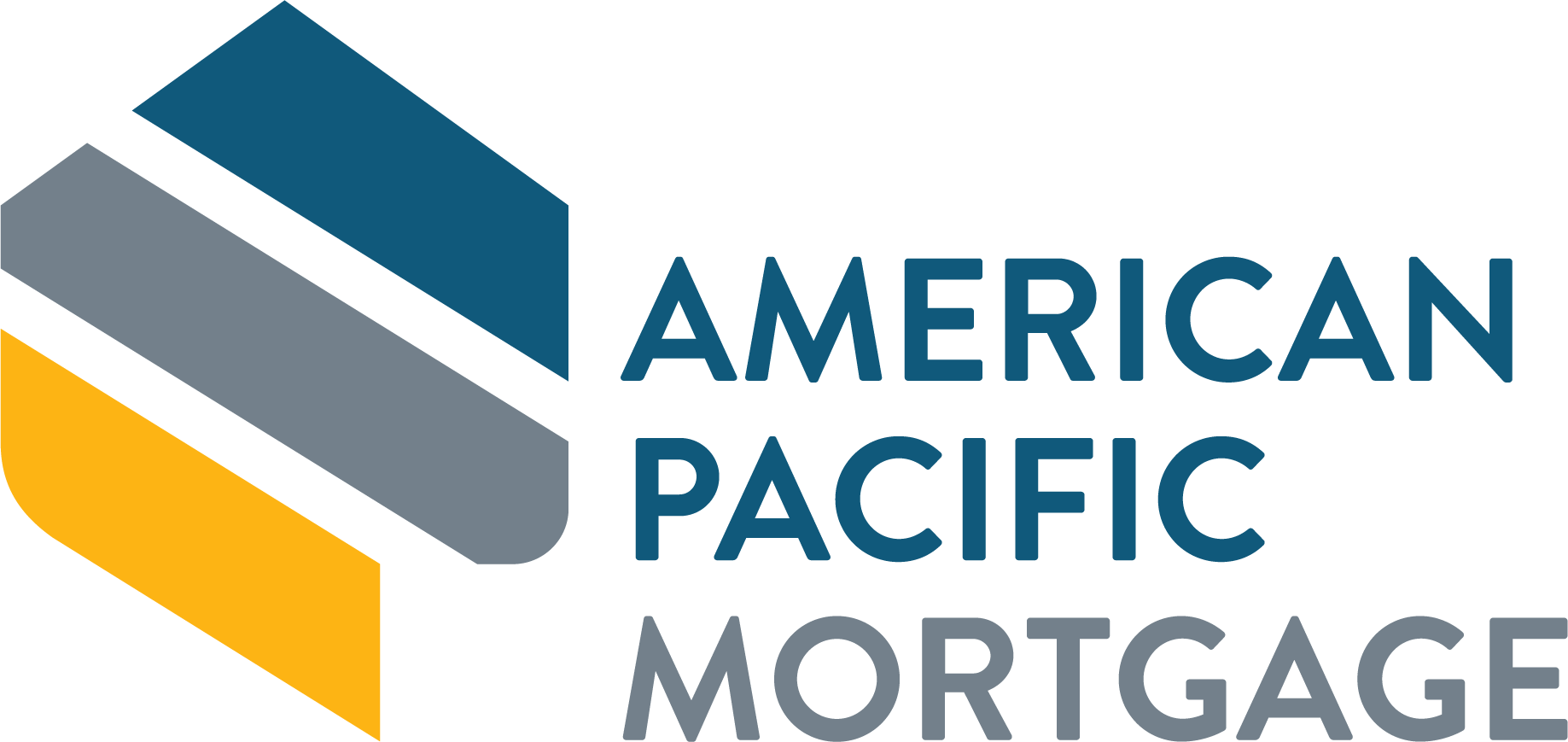
That’s right, it’s time to talk about every loan officer’s favorite subject—tax planning strategies for your mortgage business! While this is not the most exciting topic, it’s important because what you do now can help you save on taxes by reducing your taxable income, and sometimes, even your tax rate.
This has never been more true than in 2020, which has been a record year for the mortgage industry. It’s a great, and somewhat unexpected, problem to have. But if you didn't plan ahead for a year like this one, you may have some surprises pop up at the year’s end, or even worse, on April 15th, 2021. That's why it's important to think about tax planning strategies for your mortgage business now!
2019 Taxes
First up, let’s talk 2019 taxes. If you filed for an extension for last year’s taxes, that deadline is quickly approaching. Remember, this wasn’t an extension to pay taxes owed but was an extension for filing your 2019 return itself.
If you miss the deadline, you may owe additional penalties for filing late, so it’s worth prioritizing getting your 2019 return in now. Once that’s out of the way, it’s time to think about 2020.
Why You Should Think About Tax Planning Strategies for Your Mortgage Business Ahead of Time
At APM, we recommend that our loan officers start tax planning in October so that they have a full understanding of their tax liability before the end of the year. Why is this so important?
Well, this gives you a complete picture of your tax situation, which may cause you to make some different decisions than you would if you weren’t sure what your tax liability is likely to be.
First, you may decide to take advantage of business deductions or purchase things that you wouldn’t have otherwise if it’s advantageous for your tax bill. Keep in mind, most business spending has to be done by December 31st to qualify as a deduction, so it's important not to wait until the last minute.
Second, you'll be better prepared to prevent cash flow disruptions in the future by setting money aside now or tapping an alternative source to pay the IRS. If you’re going to have a large bill, it’s much better to have some time to plan for it rather than be surprised right before it’s due. Nobody likes that kind of surprise!
Early tax planning is key for meeting your short- and long-term financial goals, so it’s worth taking the time to do it right.
How to Prepare for your Meeting with a Tax Planner
First, you’ll need to get your reporting in order and receipts put together. The most helpful report for your tax advisor, if your business is set up as an LLC or sole proprietorship or corporation, is a year-to-date P & L along with and list of any additional retirement or HAS contributions and personal financial documentation.
If you’re a W-2 employee, a year-to-date paystub will work in lieu of a P & L along with a list of any out-of-pocket expenses you’ve incurred for the year. These expenses may include employee payroll and bonuses, education and professional development, office equipment, charitable contributions, HSA and retirement contributions, and more. Consult with your tax professional for more information about taxable deductions.
Organize everything for your tax professional so it’s easy to start making recommendations for you right away. It’s always smart to have these things well-organized in case of a future IRS audit, anyway.Second, you want to work with an accountant who is well-versed in the mortgage industry and knows the deductions inside and out. If you’re not sure who to pick, you can start asking colleagues for their recommendations.
Tax Strategy 1: Maximize Deductions
Tax planning now gives you the ability to maximize deductions and invest in your business prior to the end of the year. It may make sense to lower your tax liability by using some of these strategies.
Here are some deductions you may want to consider:
- Employee bonuses and/or compensation
- New or used equipment for your business
- Charitable contributions
- Education and professional development
- Prepay services in advance
- Health savings contributions
- Retirement plan contributions
- Travel expenses for your business
For more information on maximizing business deductions, APM recommends that you consult with a licensed tax advisor, who can help you make sure you’re not missing any possible deductions that could lower your bill.
Tax Strategy 2: Adjust Withholdings
If you’re a W-2 loan officer who may owe money on Tax Day based on your end-of-the-year planning, you may want to adjust paycheck withholdings for the last two months of the year. Increasing the withholding from your paycheck can help cover the tax bill and reduce any potential penalty. (There is no penalty if you owe less than $1,000.)
If you’re a business, you may want to make sure that you’ve made enough quarterly payments to avoid penalties at the end of the year. This can be complicated to calculate (especially this year), so make sure you’re working with a tax professional.
Tax Strategy 3: Defer Income Collection
You may consider deferring income for your business based on the advice you receive from your tax advisor. This usually involves delaying the receipt of income until next year or moving up the payment of expenses.
Of course, this depends on the outlook for your business’s future! If you expect significantly higher income next year, for example, it may help to take the hit on taxes this year. If you expect to make less next year, pushing income until then can be a really smart move.
By planning ahead, you may come across options that will help keep more of your hard-earned money in your pocket. A little tax planning now can help you reduce your tax payment and avoid a scramble to pay the bill in April.





